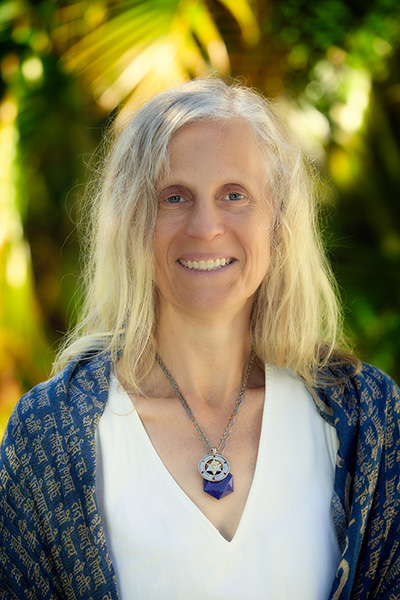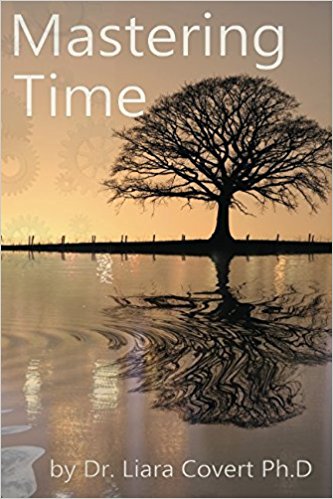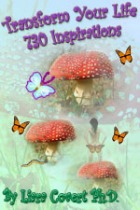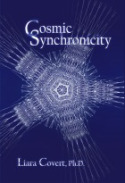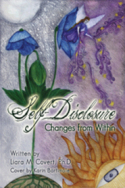Elizabeth Gilbert & 3 points about genius
 Sunday, February 15, 2009 at 2:10AM
Sunday, February 15, 2009 at 2:10AM Elizabeth Gilbert wrote, Eat Pray Love, about a year she spent travelling the world after a difficult divorce. She has written other books, but this one is particuarly engaging for its humor, trans-cultural flavor, and spiritual healing journey.
Regardless of gender or life condition, something about her journey resonates with every reader. It may be something you experienced in common, lost, abandoned or left behind during a stage of your life. It may be a reaction, a passing fancy or, a dream to venture where you had feared to tread. It all brings you back to your core self. Consider three points about genius;
1) Genius is not rare. Most people speak of genius as a prodigy, in terms of things they are not. They use it as a tool for alienation rather than the ket to reconnect to the deepest spirit. Recognizing your own genius is a normal state of mind blocked by a fundamental defect: lack of insight into yourself.
2) Genius is a second insight. The prospect of radical transformation from the inside brings thoughts of revelation, salvation, escape from suffering, solace, peace. To rediscover this is part of a process of liberation from what you thought you knew where you were. You turn to face your demons.
3) Genius is awareness. To discern dysfunction and reactions within is part of a core healing process. New levels of awareness bring new levels of consciousness and grasp of things as they truly are. Some people trigger revelations during long and perilous geographical journeys. Other people realize how they live, how they manifest or perpetuate certain conditions and mindsets, without ever moving. No matter where you think you go, your mind creates illusion. Becoming aware how it functions brings you degrees of sanity.
